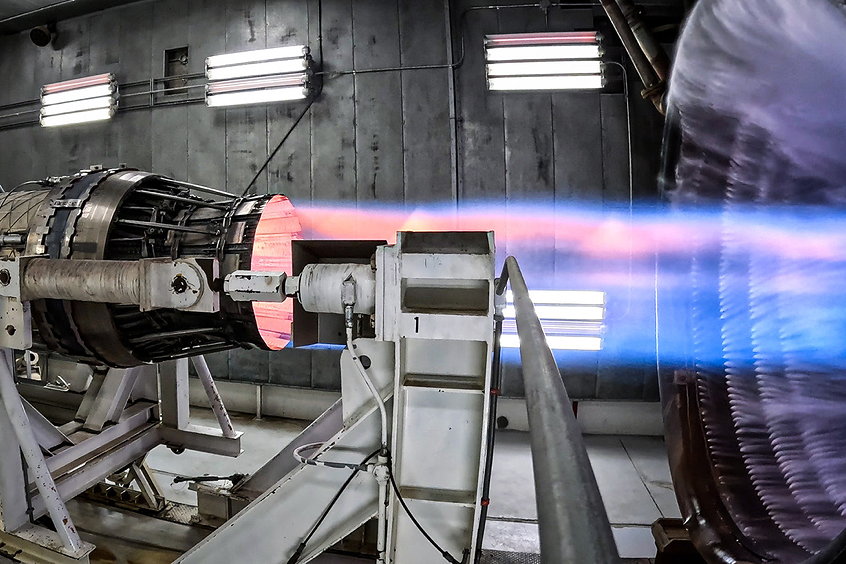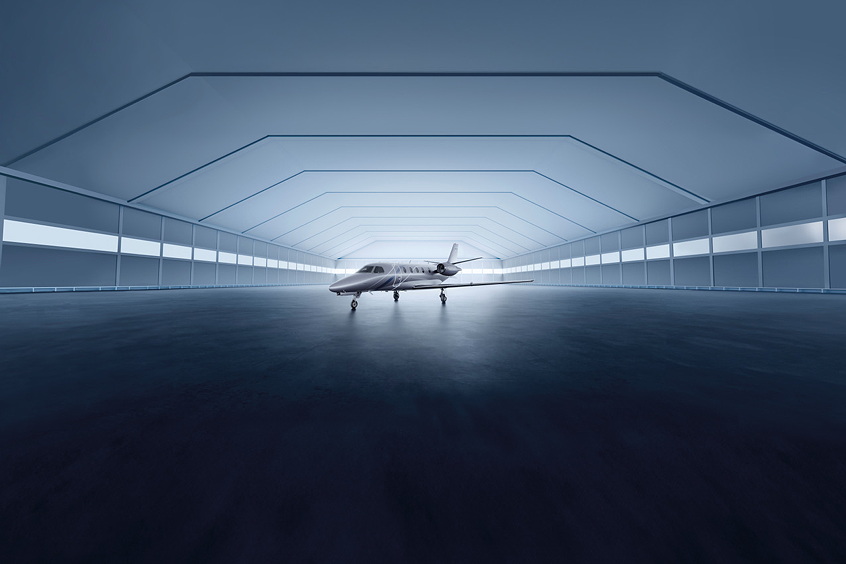PRESS RELEASE
Issued by: Collins Aerospace, Avionics Division
Rockwell Collins next-generation avionics successfully took flight on Boeing's 747-8 Freighter earlier today. The new airplane features an entire suite of Rockwell Collins displays, autopilot, communication, navigation, surveillance, maintenance, emergency and data management systems.
"Rockwell Collins offers its sincere congratulations to Boeing for another successful first flight of a next-generation platform. The teamwork that has occurred on this program has been outstanding," said Kelly Ortberg, executive vice president and chief operating officer, Commercial Systems for Rockwell Collins. "Rockwell Collins collaborated with Boeing to create a very powerful airplane equipped for the next generation airspace – while keeping required pilot training to a minimum by maintaining an interface that is similar to the 747-400."
Key Rockwell Collins avionics onboard the 747-8 includes:
· The GLU-925 Multi-mode receiver with GPS Landing System (GLS) and ILS capability will enable the 747-8 to perform GPS-guided approaches using ground-based augmentation system (GBAS). The system will also enable Required Navigation Performance (RNP) as well as other performance-based procedures in the future.
· The MultiScan™ Hazard Detection System analyzes and determines actual weather hazards, not simply atmospheric moisture content to provide flight crews more accurate weather returns. The MultiScan system is derived from extensive operational experience to create a fully automatic, hands-free airborne radar system that reduces pilot workload, enhances safety and passenger comfort by minimizing unexpected turbulence encounters, and provides optimal clutter-free weather displays.
· The airplane's display system features Rockwell Collins DU-7001 LCD displays. The system has been upgraded to include many of the advanced features found on the Boeing 787 such as electronic checklist, airport moving maps, navigation performance scales and a vertical situation display.
Other standard Rockwell Collins equipment includes: Communication Management Unit, Data Management Unit, Satellite Communications System, VHF and HF transceivers, VHF Omnidirectional Radio, Distance Measuring Equipment, Automatic Direction Finder, Mode S Transponder, TCAS II, Autopilot with Mode Control Panel, Cockpit Voice Recorder, Flight Data Recorder, Emergency Locator Transmitter, and the Flight Deck Printer.
| Contact details from our directory: | |
| Boeing Commercial Airplanes | Airframer |
| Collins Aerospace, Avionics Division | Head-Up Displays, Radio Communications Equipment, Moving Maps, Enhanced Vision Systems (EVS), LCD Displays, Engine Indicator Instruments, Cabin Management Systems, Automatic Flight Control Systems, Inflight Entertainment, Automatic Direction Finders, Cabin Address Systems, Autopilots, Radar/Radio Altimeters, Distance Measuring Equipment, VOR (Omnirange) Receivers, Avionics Management Systems, Air-to-Ground Data Links, Multi-Mode Receivers (MMR), Engine Control Quadrants, Control Panels, Aircraft & Helicopter Controllers, Collision Avoidance Systems/TCAS, Helmet-Mounted Displays (HMD), Weather Mapping Radar, Inertial Components & Systems, Attitude and Heading Reference Systems, Navigation Antennas, Transceivers, Flight Recorders, Cockpit Printers, Flight Directors, Flight Management Systems, Electronic Flight Instrument Systems, Air Data Computers, Onboard Computers, UAV Control Software, GPS, Simulation Systems, Surveillance/Air Defense Radar, Engine Controls, Terrain Awareness and Warning Systems, Horizontal Situation Indicator, Instrument Landing Systems, Command, Control & Intelligence Systems, Airborne Communication Systems, Cockpit Video Displays, Onboard Intercom Systems |
| Related directory sectors: |
| Warning Systems |
| Navigation Aids (Airborne) |
| Indicators and Instruments |
| Imaging and Visual Systems |
| Flight and Data Management |
| Communications (Airborne) |
| Avionic Components |
Weekly news by email:
See the latest Bulletin, and sign up free‑of‑charge for future editions.

Hermeus begins precooler testing with P&W F100 engine

Citation Ascend programme advances with certification tests and flight testing

Lilium to expand industrial footprint in France
